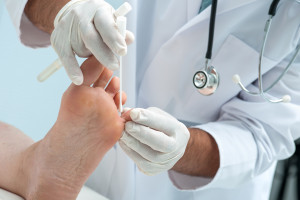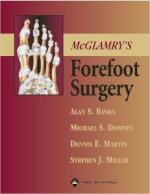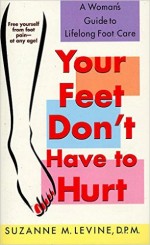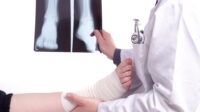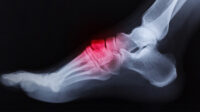Podiatry is a profession stigmatized for dealing with the ugly step children of extremities (our feet) and the ailments found therein. But believe me, Podiatrists are people, too, and their shared passion for helping those fighting disease and remedying ailments that are often times ignored (which can sometime prove fatal) should be commended. Allow me to help pull back the curtain and provide you with an accurate picture of two different Podiatrists with one shared goal:
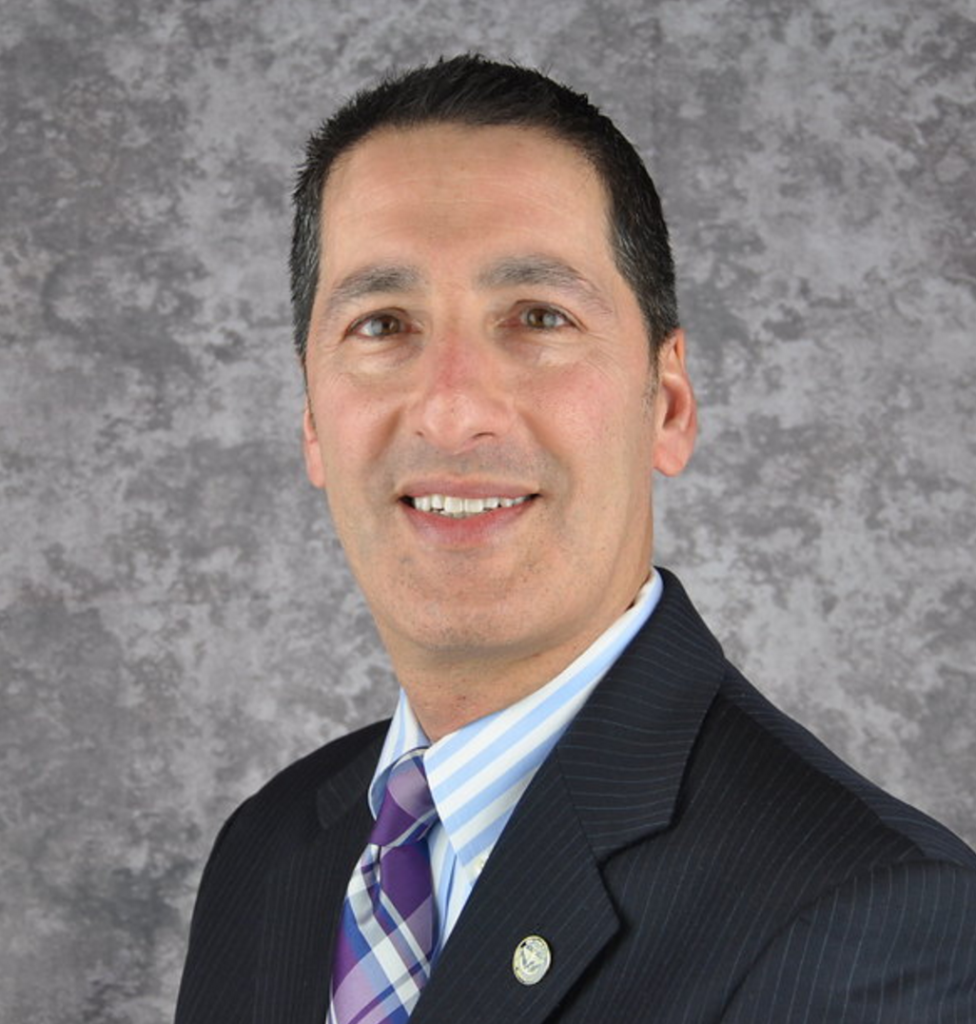 Andrew Shapiro, DPM, President, New York State Podiatric Medical Association
Andrew Shapiro, DPM, President, New York State Podiatric Medical Association
Practicing for 29 years
What got you into podiatry?
Does a particular case stand out?
Dr. Shapiro Recommends
Do you see a profound correlation between podiatry and diabetes?
Suzanne M. Levine, D.P.M.
Institute Beauté
Practicing for 30 years
What got you into podiatry?
As a little girl, I had deformed feet. I had to have so-called “cookies” inserted into my Dr. Denton’s (an orthopedic-looking shoe). My mother took me to the Hospital For Special Surgery (then called, The Hospital For The Ruptured and Crippled.) I longed for the cute, attractive shoes all my friends were wearing.
I completed training as a Licensed Physical Therapist at Columbia University. After my training, I began treating Vietnam War veterans, many of whom had very severe lower extremity injuries. I decided that I could do more good as a podiatrist.
After receiving my Podiatry license and doing additional surgical training I started my practice. I have performed more than 15,000 foot surgeries of various kinds. I decided to combine my knowledge and experience as a foot surgeon with my love for beautiful shoes—so I essentially created the field of aesthetic podiatry. My colleague and I formed the International Aesthetic Foot Society (IAFS) and have lectured to hundreds of doctors in multiple specialties from around the world.
Does a particular podiatry case stand out?
In thirty years of practice, many cases stand out. But a particularly interesting one was a happily married man who had undergone transgender surgery. The identification reassignment surgery changed many things, but not his large, hairy, male feet. I do NOT do foot surgery for cosmetic reasons alone — there has to be a medical condition that is best treated with surgery (painful bunion, hammertoes, etc.). In fact, this patient had both. After the surgery, for the painful deformities, his pain was considerably reduced, his feet, looked better; I did laser hair removal as well, on his feet and toes—three months later she returned with a big smile and pain-free, with beautiful and more feminine feet.
Dr. Levine recommends:
My latest book, Your Feet Don’t Have To Hurt: A Woman’s Guide to LifeLong Foot Care, covers foot problems and the role of podiatry well.
Some other books by Dr. Levine:
My Feet Are Killing Me: Dr. Levine’s Complete Foot Care Program by
The Botox Book: What You Need to Know About America’s Most Popular Cosmetic Treatment by
Are you studying for your podiatry board exams? We’ve just updated our question banks to include questions for the ABFAS Foot Surgery Board Exam, ABFAS Reconstructive Rearfoot/Ankle Surgery Certification Exam, and the ABPM Podiatry Board Exam! If you’re studying, there’s no better place to start than with a free trial.
